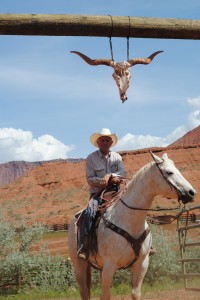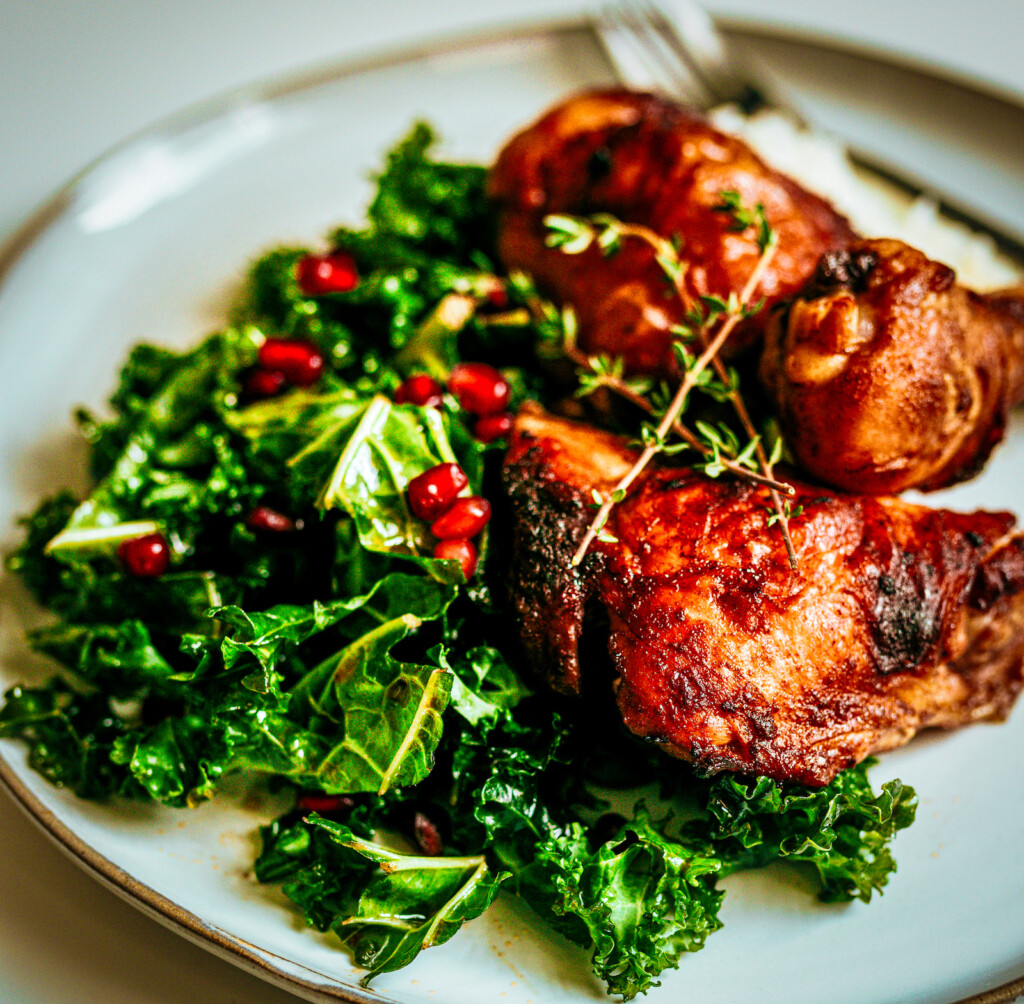A Man With A Plan

Colin Fryer owns a ranch off Highway 128 in Moab, Utah. When you drive past just one word comes to mind, “Wow.” Red Cliffs Lodge rests on the bank of the Colorado River. In the summer horses graze on green grass. The cabins are built following the bend in the river. It’s just one of two lodges near Canyonlands National Park. So how did he acquire and build such a magnificent place?
Fryer didn’t win the lottery. He didn’t inherit the land or money. He didn’t spend his life in Moab hoping to someday pounce on buying the land. It turns out he earned his money the hard way: by working very hard, all while saving up money, and imagining himself one day owning a ranch.
Fryer sits down with us on the deck of his lodge at his restaurant overlooking the Colorado River, “People would say what do you want to be when you grow up? And I’d say I want to be a farmer… But I also learned early on that you don’t just wake up and decide you’re going to be a farmer… Farming takes this huge investment to make this little teenie bit of money. Nowadays you need a ten million dollar ranch just to make a living wage. It takes so much capital to make so little money.“
Fryer’s long-term dreams were to earn enough and save enough money to buy his ranch. He found that he had a natural aptitude for business finance, despite his background doing blue collar jobs like working at gas stations, digging ditches and doing hard labor.
One day a friend asked him if he would be interested in working selling stereos. He thought he would give it a shot. John Carlson Stereo Livingroom had quickly built up four stores and was doing a few million in business per year. But one day, “after a big blow up” their financier decided to cash out his portion of the business leaving the business without any cash.
Fryer had studied basic finance and accounting at the University of Utah and he jumped in trying to save the company. Fryer says he learned to run a business, “by emergency. I decided who I could pay that day and who I couldn’t pay… I went from working in a gas station, to selling car stereos to being the controlling officer of this one place in five months. It was a real heady time. We were hot stuff around Salt Lake at that time.”
Working 12-14 hours per day became customary. But after about 10 years of this lifestyle Fryer says, “I really hit the wall. I got burned out. My marriage was falling apart and I was tired.” He had a great position for a new company as the CFO, but he gave a one year notice that he needed to, “bow out.”
Fryer took a few years off traveling the country. He fixed up some old houses but for the most part, he traveled. He had always maintained his dream of one day going back to the country lifestyle he fell in love with at his Grandpa’s farm/ranch when he was growing up.
In his travels he found a model for the type of lodge/ranch that he dreamed of building. Eventually He returned to the stereo business, owning a successful chain of stores called “Soundtrack” but he found more balance by taking the summers off he says, “Every summer I would go to Yellowstone. I had younger guys running the stores and I was starting to check out and look for my dream.” Realtors took him around to examine old resorts.He added, “I loved the architecture of Yellowstone Lodge, Roosevelt Lodge, and Grand Teton Lodge and the lodges up in northern Montana. I traveled to Yosemite and all these national parks that had these unique one of a kind places , that I just loved, and I would sit in the lobbies and soak it up. Kind of got a fascination with the lodges and the architecture.”
In the mid-nineties a new niche presented itself in the stereo business. Stores were competing in price wars attempting to outdo each other with huge sales but earning tiny margins, Fryer says, “There were lots of business failures. The economy was in a bad way. Fryer and his partners over the years bought CMC, Stokes Brothers, Gadgets, several Silo stores and many others. Usually purchasing the businesses from the banks, Fryer learned how to make the deals work.
“My best skill is that I knew how to keep score. I knew a real basic bookkeeping system to add up your assets and subtract your liabilities and know what you have. It was amazing to me how many people got into business and didn’t know how to keep score.
Eventually during one of his summer vacations Fryer stumbled into Moab after his trailer broke and he had to wait for a part. He describes his first visit to Moab.
“In 1989 the town of Moab was half-boarded up. Things were bad here with the mines closed and the town’s population cut in half in two years. It really had the sense of a dead town.” Tourism such as river rafting and jeeping was just starting. Two national parks opened in the 60’s, Arches and Canyonlands, but their popularity was a fraction of the more visited Yosemite and Yellowstone. But Fryer says he saw a property with a national park-type landscape. He realized that the property was ideal because, “Nobody could build around me, I was surrounded by BLM land. I knew the day when I bought the ranch where I was going to build the lodge.”
Fryer says that the front of Red Cliffs Lodge ”is a miniature Grand Teton lodge.
“I designed it all and had an architect put it into a form you can get a building permit.” Fryer built Red Cliffs with a team of builders and specialists, along with some help from his kids. He got his General Contractor’s license so he could personally oversee construction. Today Red Cliffs Lodge is home to a film history museum, a winery and two restaurants. In April a classic car show is held on the ranch, and now Fryer says, “I’m probably about a year away from retirement…I have other fish I want to catch.” Whether he means literal fish or other business ventures he is ambiguous. But he says he wants to “See the big, broad world.” §
Story by Richard Markosian





